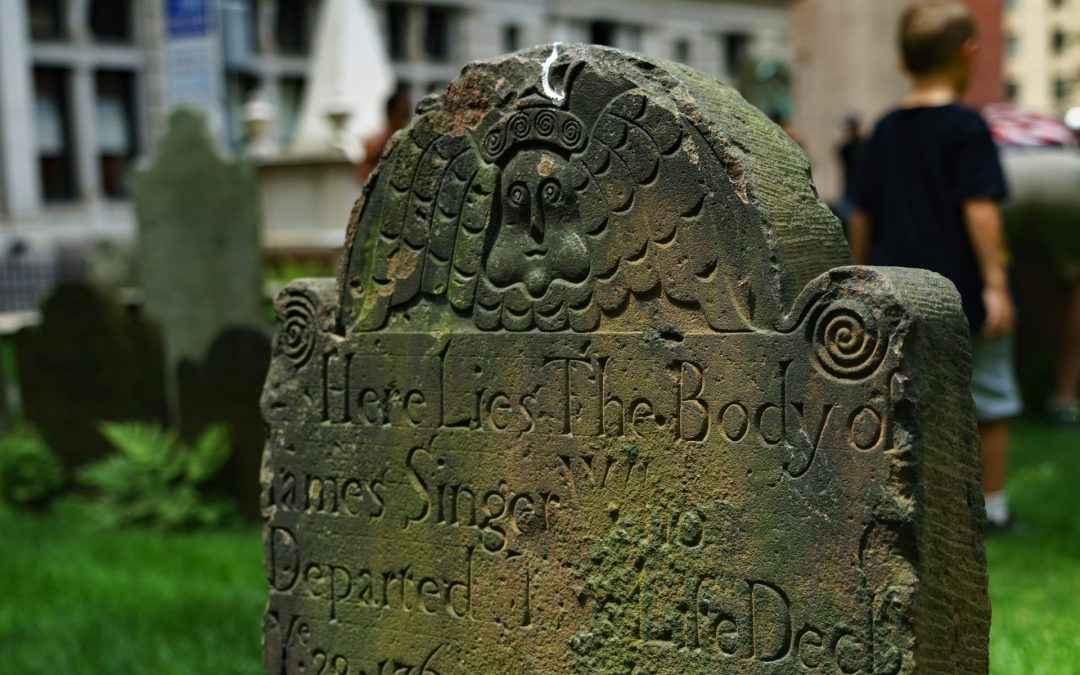Old memorials stand as poignant tributes to lives lived, silent storytellers etched in stone. Over time, however, the elements can take their toll, causing the beautiful lettering and intricate details to fade, erode, or become obscured. Preserving these inscriptions is not just about maintaining aesthetics; it’s about safeguarding history, honoring memory, and ensuring that future generations can connect with the past. At Shastone, we understand the importance of lasting tributes, and this guide will provide practical tips on how to preserve the lettering on old memorials.
Understanding the Causes of Deterioration
Before attempting any preservation, it’s helpful to understand what causes lettering to fade or become illegible:
- Weathering: Rain, wind, ice, and temperature fluctuations can gradually erode the stone surface, especially softer materials like marble or sandstone.
- Biological Growth: Lichen, moss, algae, and fungi can grow on the surface, obscuring inscriptions and, in some cases, contributing to stone degradation.
- Pollution: Acid rain and airborne pollutants can chemically react with the stone, leading to erosion and discoloration.
- Improper Cleaning: Harsh chemicals or abrasive cleaning methods can cause irreversible damage to the stone and its lettering.
- Material Type: Softer stones naturally deteriorate faster than harder ones like granite.
- Vandalism or Neglect: Intentional damage or prolonged lack of care can accelerate deterioration.
Gentle Cleaning: The First Step
The most crucial step in preserving lettering is gentle, appropriate cleaning. Always start with the least invasive methods.
- Assess the Stone: Identify the type of stone (granite, marble, sandstone, etc.) as this dictates the cleaning approach.
- Gather Supplies: You’ll need soft-bristled brushes (natural bristles are best), clean water (distilled water is ideal if available, otherwise tap water is usually fine), and a non-ionic cleaner specifically designed for stone. Never use harsh chemicals like bleach, wire brushes, or high-pressure washers, as these can cause irreparable damage.
- Rinse Thoroughly: Wet the entire memorial surface with clean water to loosen dirt and saturate any biological growth. This prevents dry contaminants from scratching the stone during scrubbing.
- Gentle Scrubbing: Apply a small amount of the stone cleaner to your soft brush and gently scrub the lettering and surrounding areas. Work in small sections. For stubborn biological growth, allow the cleaner to sit for a few minutes (as per product instructions) before gently scrubbing.
- Rinse Again: Rinse the entire memorial thoroughly with clean water, ensuring no cleaner residue remains. Residue can attract more dirt or cause staining.
Enhancing and Protecting Lettering
Once the memorial is clean, you can consider methods to enhance and protect the lettering.
- Re-inking or Re-gilding: For engraved letters that have faded, professional re-inking (using specialized stone paint) or re-gilding (applying gold leaf) can restore legibility. This is a specialized task best left to experienced monument professionals or conservators. Attempting this yourself without proper knowledge can lead to permanent damage.
- Clear Protective Coatings (Use with Caution): While some products claim to offer clear protective coatings, these should be approached with extreme caution. Many can trap moisture, discolor over time, or be difficult to remove without damaging the stone. Consult with a professional conservator before applying any sealant.
- Maintain Surrounding Area: Keep the area around the memorial clear of excessive foliage, dirt, and debris. Overhanging branches can drop sap and leaves, and dense shrubbery can trap moisture, encouraging biological growth. Regular weeding and sweeping can make a significant difference.
When to Call a Professional
For significant damage, deep erosion, or if you are unsure about the type of stone or the best cleaning method, it is always advisable to consult with a professional monument restoration specialist or a stone conservator. They have the expertise, tools, and specialized knowledge to safely and effectively address complex preservation needs without causing further harm.
Preserving the lettering on old memorials is a labor of love that ensures these important historical markers continue to tell their stories. By understanding the causes of deterioration and employing gentle, appropriate cleaning and restoration methods, you can help these timeless tributes endure for generations to come.

